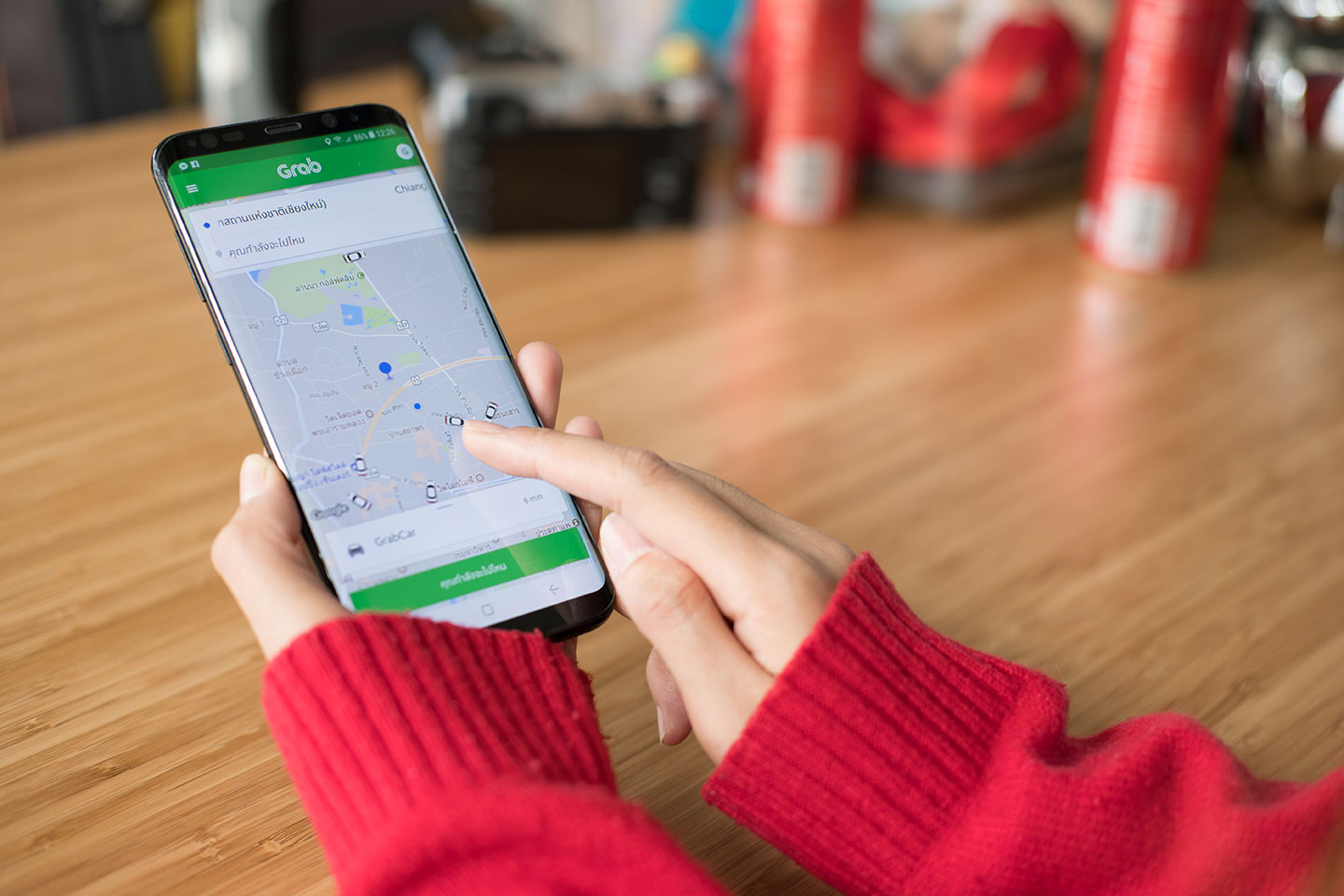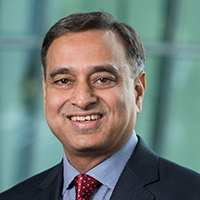Recently Grab announced a $1 increase in its base fare effective June 1, 2021. The fare increase is aimed at increasing the earnings of its drivers, albeit marginally. Additionally, Grab has offered benefits to drivers, including rental rebates, increased fuel discounts, delivery opportunities on the Grab platform, and training and career support initiatives via Grab Academy, among others.
The fare increase has attracted negative reactions from some customers who have been concerned about the timing of the fare increase—in the middle of the pandemic. Interestingly, ComfortDelGro, Grab’s closest competitor, seized the opportunity to assure its customers that it was not increasing its price. In fact, Comfort tried to score a point by emphasising that it was giving as much as 50% rental rebate until June 13, the possible end date of Phase 2 (Heightened Alert).
Grab has four key stakeholders—customers, drivers, regulators and investors. Among the four, regulators and investors are less salient in this particular instance because the implications of the decision are probably not sufficiently significant for them. But, even with a reduced set of two stakeholders to be satisfied, Grab faces a difficult balancing act.
Its drivers have experienced lower rider numbers because of the pandemic and some of the decline in numbers could be permanent because of the work-from-home trend.
In fact, because of the reduced earnings, some drivers have already moved away from driving from Grab full time.
The number of drivers is an important metric for Grab because it directly affects the availability of rides (and/or wait times) for customers. If the number of drivers declines significantly, it could turn away some customers because of lower availability of rides and/or longer wait times.
Grab’s typical customer is young, technology-savvy and an intensive user of ride-hailing services who is also probably price-sensitive. Even a seemingly small price increase will rankle for these customers.
One issue with Grab’s recent price increase is that it doesn’t make any of its key stakeholders happy. Customers may be unhappy because the effect of a seemingly small price increase gets multiplied when they take multiple rides a day. Their perception of Grab is negatively affected.
The price increase doesn’t go far enough for the drivers on the other hand because the incremental income generated is not substantial. Additionally, after July, Grab drivers have to pay the usual commission (20%) to Grab on the price increase. Grab could have easily waived the commission on the fare increase for the foreseeable future.
While competitors may seize the opportunity to grab additional market share from Grab given the negative sentiment surrounding the price increase, Grab may not be overly concerned about the impact on its financial results.
The ride-hailing market is far less attractive today than a couple of years ago because of lower demand. This decline in demand may continue in the future (even without the pandemic), albeit slowly, with the progressively wider penetration of the MRT network.
The salience of the ride-hailing business is less for Grab because other businesses such as food delivery have experienced strong growth, and it has ambitious plans for the Fintech and payments business.
So, what lessons does this episode hold for Grab as well as its key stakeholders? The change may be called an incremental change and as I have suggested in an earlier research article, firms making incremental strategic changes have to consider the impact on, and reaction of, their key stakeholders.
From my perspective, Grab gained little by implementing the $1 increase in base fare other than making a very small impact on its profits. Any company would do well to avoid strategic changes that don’t create value for at least one or more stakeholders.
In fact, given the lower salience of the ride-hailing business to its overall performance, Grab could simply have rolled out the other benefits to its driver-partners without the fare increase and earned some goodwill.
Grab’s balancing act is basically a tussle between keeping drivers happy and keeping customers happy. The $1 increase in fare price was supposed to make the drivers happy. However, it did not have this effect and the customers are unhappy instead.
In this instance, reversing the $1 policy may help to regain some of the goodwill. While there may be slight damage to reputation for reversing policies, the impact is likely to be small. People might forget about it in a few days.
An alternative would be, in proposing a fare increase, to offer higher value-add to customers too.
For now, though, it is the bitter truth that both drivers and customers may simply have to live with the new changes.
The article is an abridged version of the one first published on CNA.




